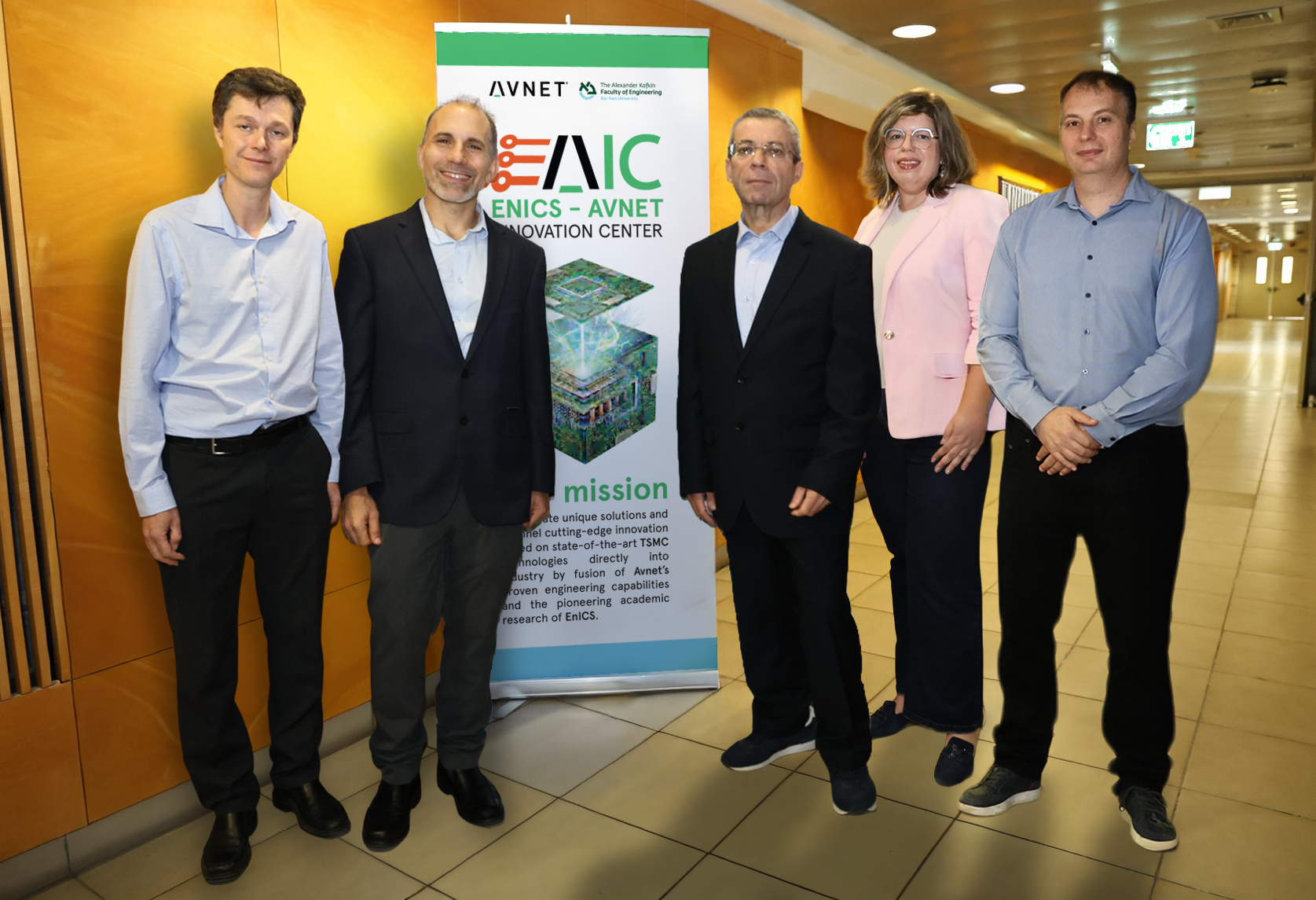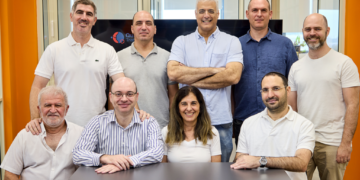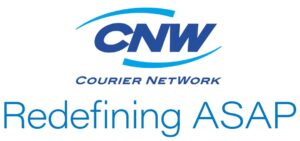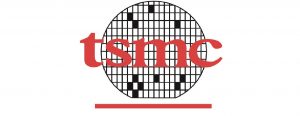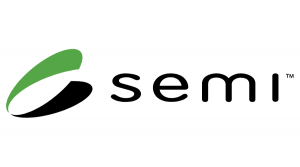Why EDA in the cloud will come from startups?
Dr. Olivier Coudert
By now the EDA community should know that cloud computing in the industry is inevitable. Most CPU-time hungry tasks (e.g., logic simulation, extraction, physical verification) in the design flow cannot substantially be improved at the algorithmic level.
Why EDA in the cloud will come from startups?
Dr. Olivier Coudert
![]()
By now the EDA community should know that cloud computing in the industry is inevitable. Most CPU-time hungry tasks (e.g., logic simulation, extraction, physical verification) in the design flow cannot substantially be improved at the algorithmic level. Thus we must rely on massive parallelism to reduce wall time to acceptable levels. And since nobody wants to buy and manage compute farms of thousands of nodes for peak usage, using a public cloud is the next natural step.
But this is a hard step. There are many obstructions to viable cloud-backed EDA solutions:
• Both customers and providers of EDA are conservative communities. They are usually slow to adopt new technologies. The semiconductor industry is reluctant to invest in new design frameworks, as its wants to preserve its investment in working flows.
• Security remains a hot issue. EDA vendors want to control the usage of their tools, and they are uncomfortable making them available in a public cloud. And the EDA customers are paranoid about their designs slipping out in the wild.
• Massive parallelism is great, but data transfer via Internet is slow. Because some tasks require moving huge amount of data to and from applications, it is better to host the design data in the cloud for the whole design lifetime. This requires a drastic different mindset for project managers.
• The current TBL (Time-Based License) model makes no sense with massive parallelism. We need new business models based on actual usage (per hour, day, or week) to unlock the flexibility and scalability offered by cloud computing.
The big EDA companies have been slowly espousing the idea of making their tools available in the cloud. Cadence set up a (private) cloud offering a while back, but it has never been successful. Synopsys announced in March that it would provide a cloud computing solution for VCS simulation with AWS (Amazon Web Services). We will see how it unfolds.
Meanwhile, startups have been testing the water. . Xuropa hosts demos and a CRM platform in the cloud, and counts Cadence and Synopsys as customers. Plunify proposes FPGA synthesis with multiple runs in the cloud. Nimbic (formerly known as Physware) uses the cloud to develop and deploy its tool. Same for Tabula ( (although in a private cloud). Xuropa, Plunify, and Nimbic are now making claims about moving other EDA applications in the cloud. And more stealth startups are working on their own solutions.
This is good news. Big EDA companies encounter many internal resistances to moving to the cloud: “this requires costly technical expertise”; “we cannot secure the usage of our tools”; “this is not our core competency”; “we will cannibalize our traditional TBL business and loose money”; “no customer is willing to put his data in the cloud”; etc.
These concerns are legitimate. Transitioning a +20 year old business to a pay-as-you-go model is a daunting, if not scary, proposition for well-established players. Also using cloud technology is much more than high-octane IT. This makes startups the best apt to answer the challenge, evangelize the solutions, and educate the customers. Parting from the TBL business model will take at least that much.
|
{loadposition content-related}
|









